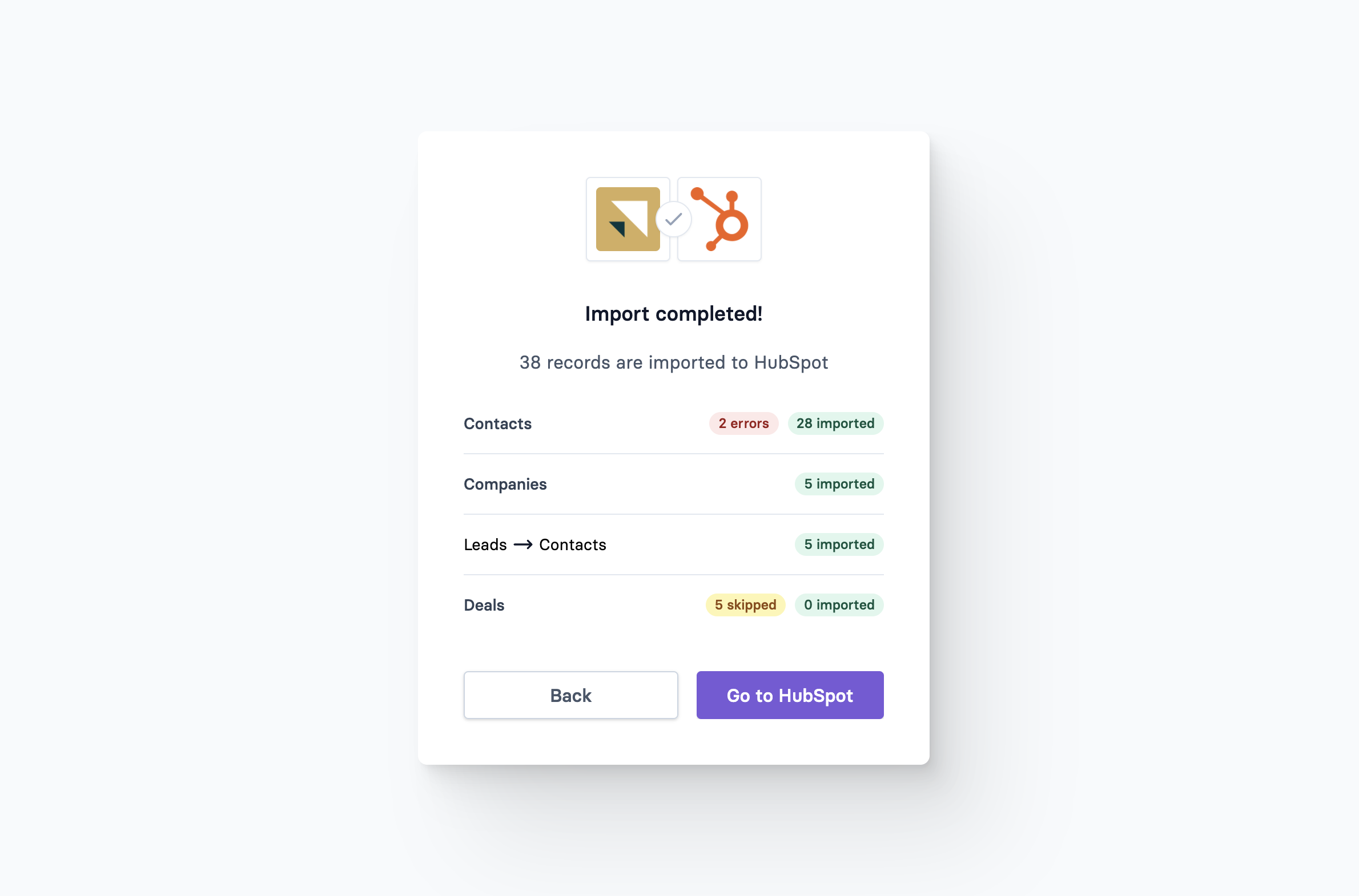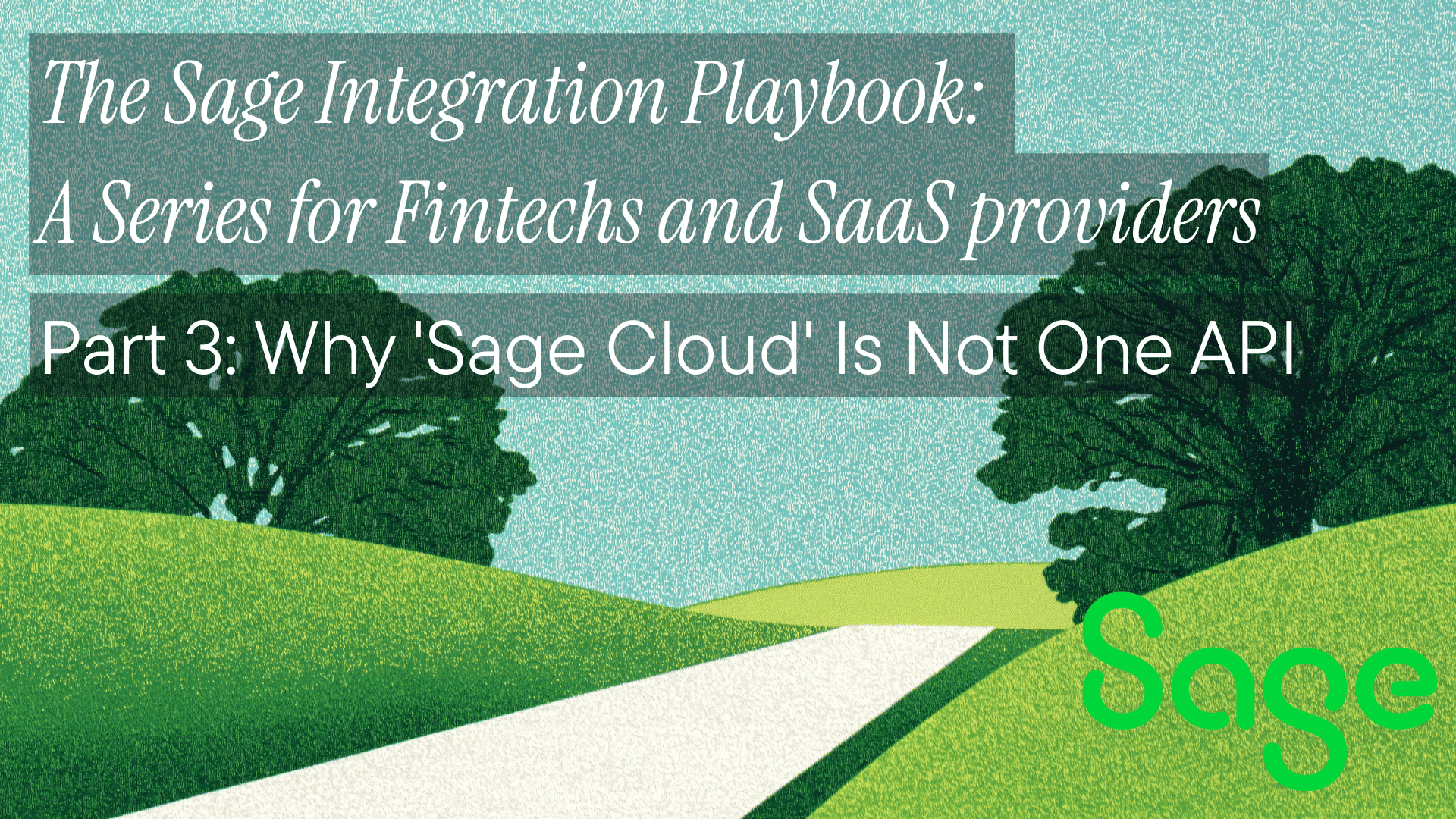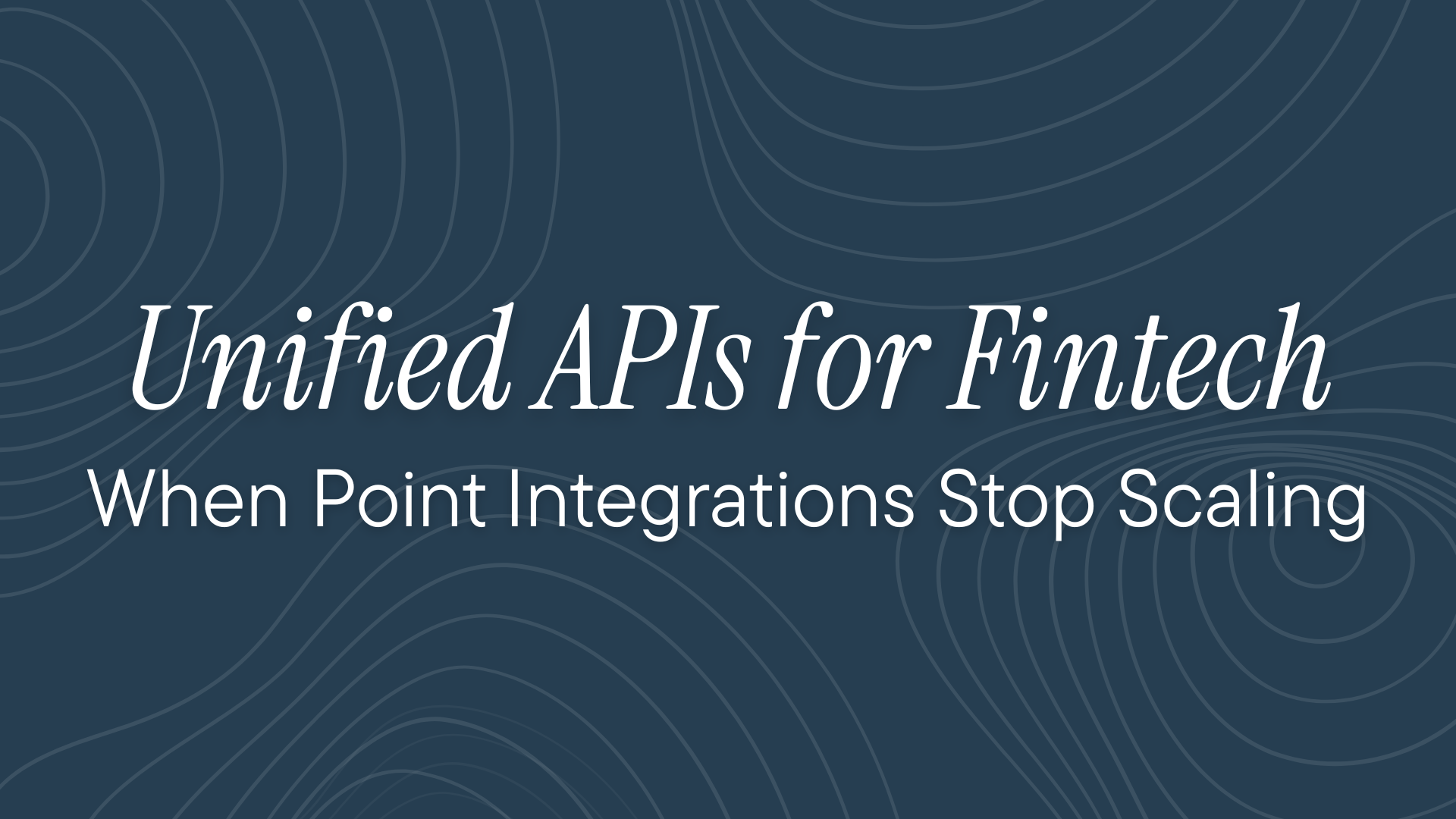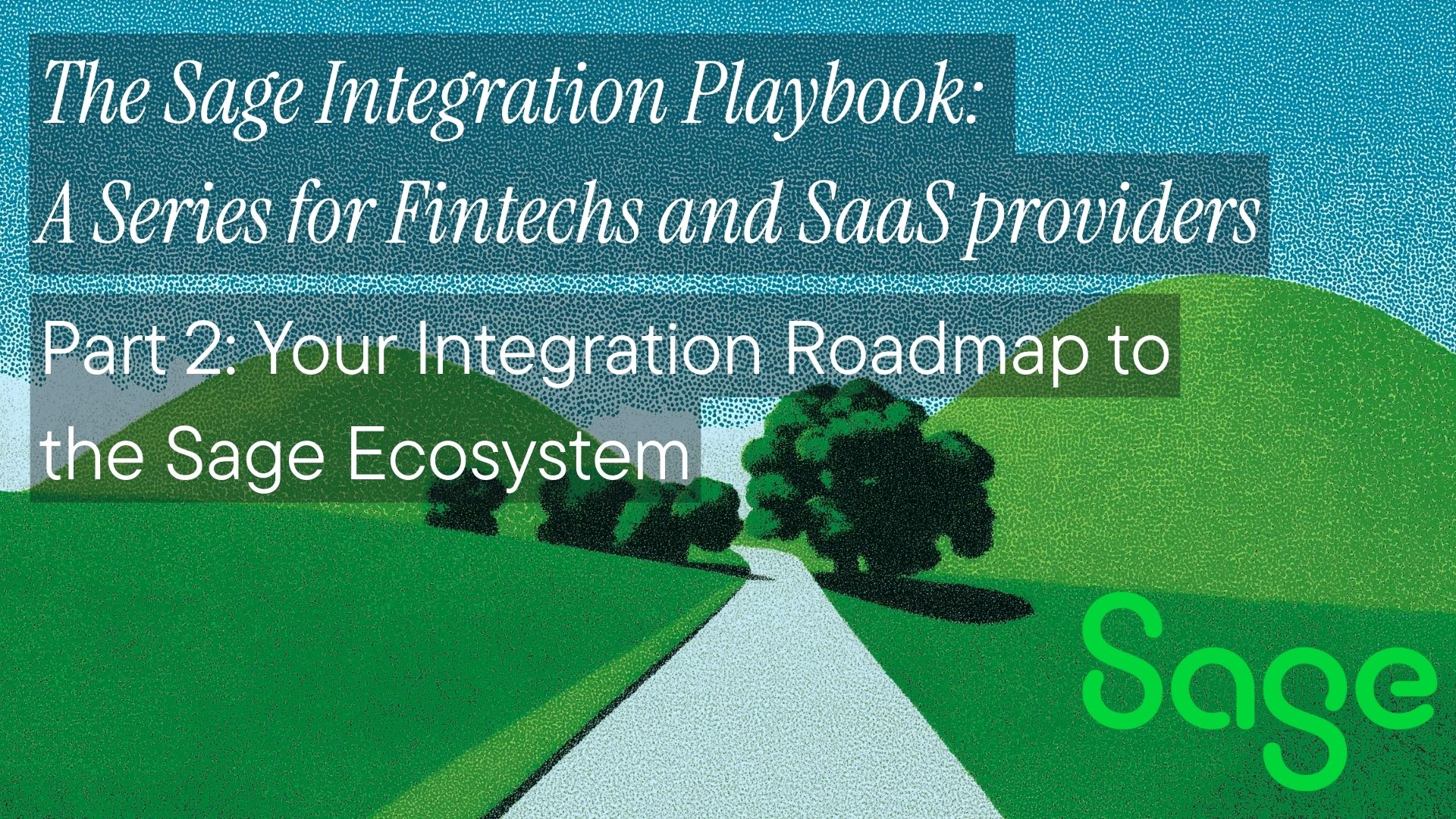Building a SaaS product with great onboarding can be hard. Users who sign up might just be exploring your tool without any intention to effectively start using your product. That’s why signups are really a vanity metric that you shouldn’t pay much attention to.
For many Product Led Growth driven companies the real metric to watch out for is activation, this is when a user starts using your product for what it was designed for. It’s a one-time event that signifies actual value was delivered to your (prospective) customer and it’s one of the best proxy metrics for future revenue. It’s also sometimes referred to as the Aha moment.
Defining the Aha moment
So what is the Aha moment for your specific product? Activation is the second step in the so-called SaaS Pirate metrics. They are Acquisition, Activation, Revenue, Retention, and Referral (AARRR). And in order to find your Activation metric, you need to go down in the funnel and look at the behavior of your users who are already generating Revenue.

- Did they successfully complete your onboarding experience?
- Did they experiment with the product after finishing the product tour?
- Did they invite other users or colleagues to the platform?
- Did they complete their account profile?
- ...
Looking at the user behavior of a cohort that ended up signing up, will give away valuable information on what you need to optimize for. Successfully activated users will frequently complete all the items on the list above before converting into paying customers.
Now that you know which steps customers need to complete in order to increase their chances of signing up, it’s time to identify the roadblocks that prevent them from getting there. This is where it gets a bit murky and you will have to formulate some hypotheses that you subsequently A/B test in your application.
Better data for better onboarding
In B2B SaaS environments customers frequently need access to data in order to be able to fully evaluate the different parts of the application. After all, it can be quite difficult to test a dashboard or report if there’s no data to show. This can be solved in two ways, either you provide demo data in the application, or you allow users to import their own data. Both approaches will allow you to showcase the different features of your application. But both approaches come with downsides that we’ll briefly explore here.
While demo data is probably the easiest route, both from a developer and from a user perspective, the main challenge is to make the demo data relevant enough for the customer to relate to. This may sound easier than it actually is, and if the customer cannot relate, you risk losing them before they activate. Using demo data is probably only sufficient for simple use cases and loses value in more complex use cases or multi-language environments. It’s also important to correctly label this data, so it can be deleted once the user is activated on the platform.
Allowing customers to bring their own data comes with a set of challenges of its own. Customers will have to provide their data in a certain format and you will have to map it to the correct fields in your application. Typically some sort of flat files such as CSV or Microsoft Excel is used for this purpose. Unfortunately, this creates both a strain on the user - having to format the data correctly - as well as on the engineering team - having to process different file formats. In the worst-case scenario, a support or onboarding team needs to get involved to connect both parties.
Bring Your Own Data: API-powered data imports
Probably the best way to ingest customer data into your application would be to seamlessly import it directly from whatever application your customer is already using. Unfortunately, this requires your engineering team to interface directly with the APIs of these different tools. While this no doubt makes for a great user experience, it can quickly clog up capacity in your engineering department having to support multiple application APIs.
This is where Apideck’s Importer tool comes in. This ready-made UI component connects directly to Apideck’s Unified APIs, which support dozens of tools your prospective customers can ingest data from. With a single implementation, your customers can bring their own data from whatever application they were using before. Thanks to its built-in error handling, customers can easily spot mismatched data and correct it during the import phase.
Another advantage of using this API-based strategy for data onboarding is that your customers can maintain data integrity by keeping relations between records intact.
Not only will this save your team countless hours integrating APIs, mapping fields, and handling errors; more importantly your customers will experience a superior onboarding flow, which will allow them to focus on evaluating your tool, ultimately leading to faster activation.
Let us know your feedback and get in touch if you want to improve your onboarding activation rates!
Ready to get started?
Scale your integration strategy and deliver the integrations your customers need in record time.








